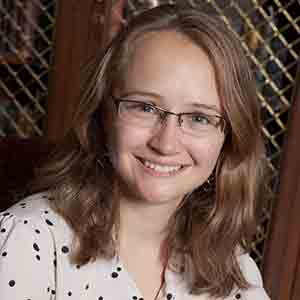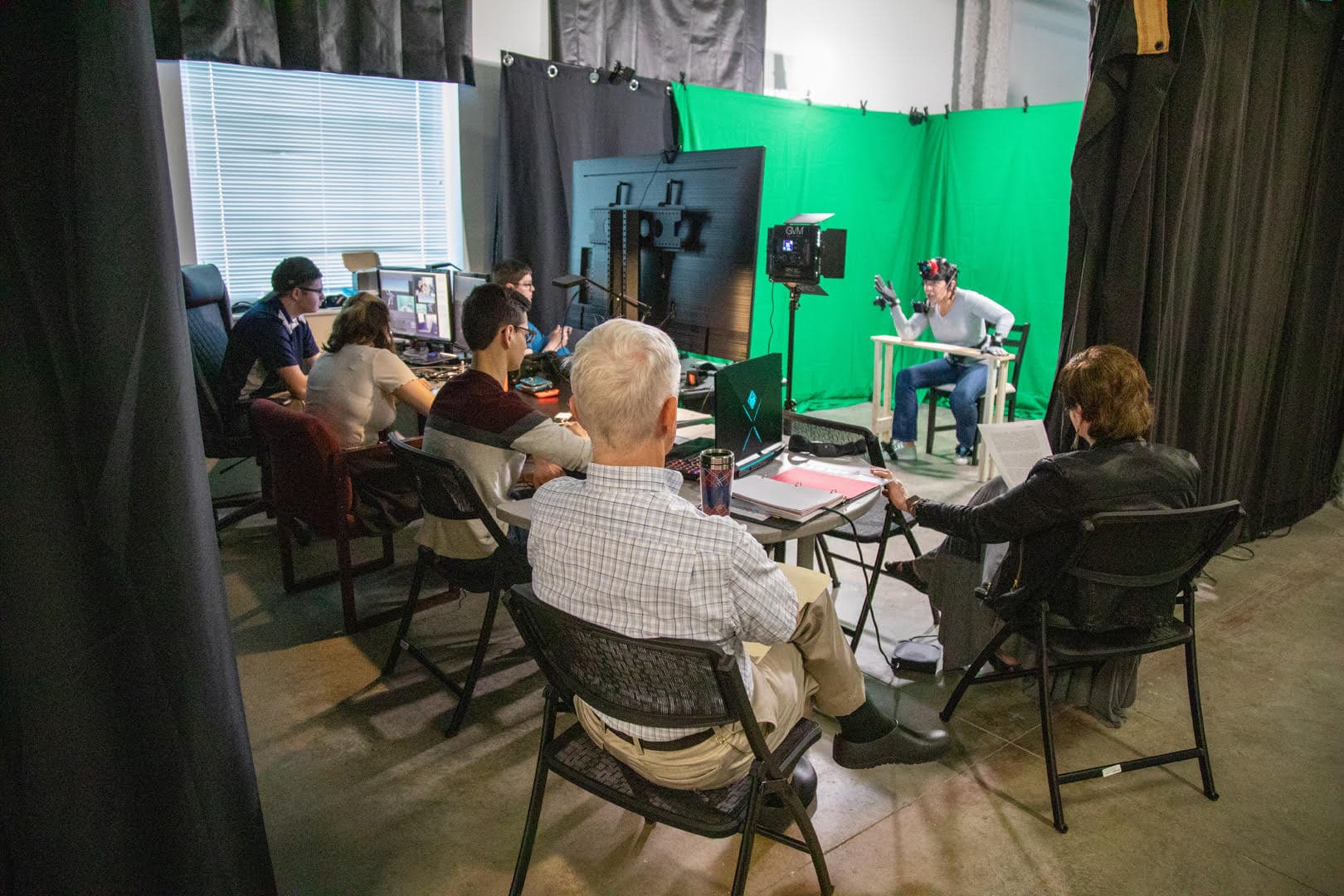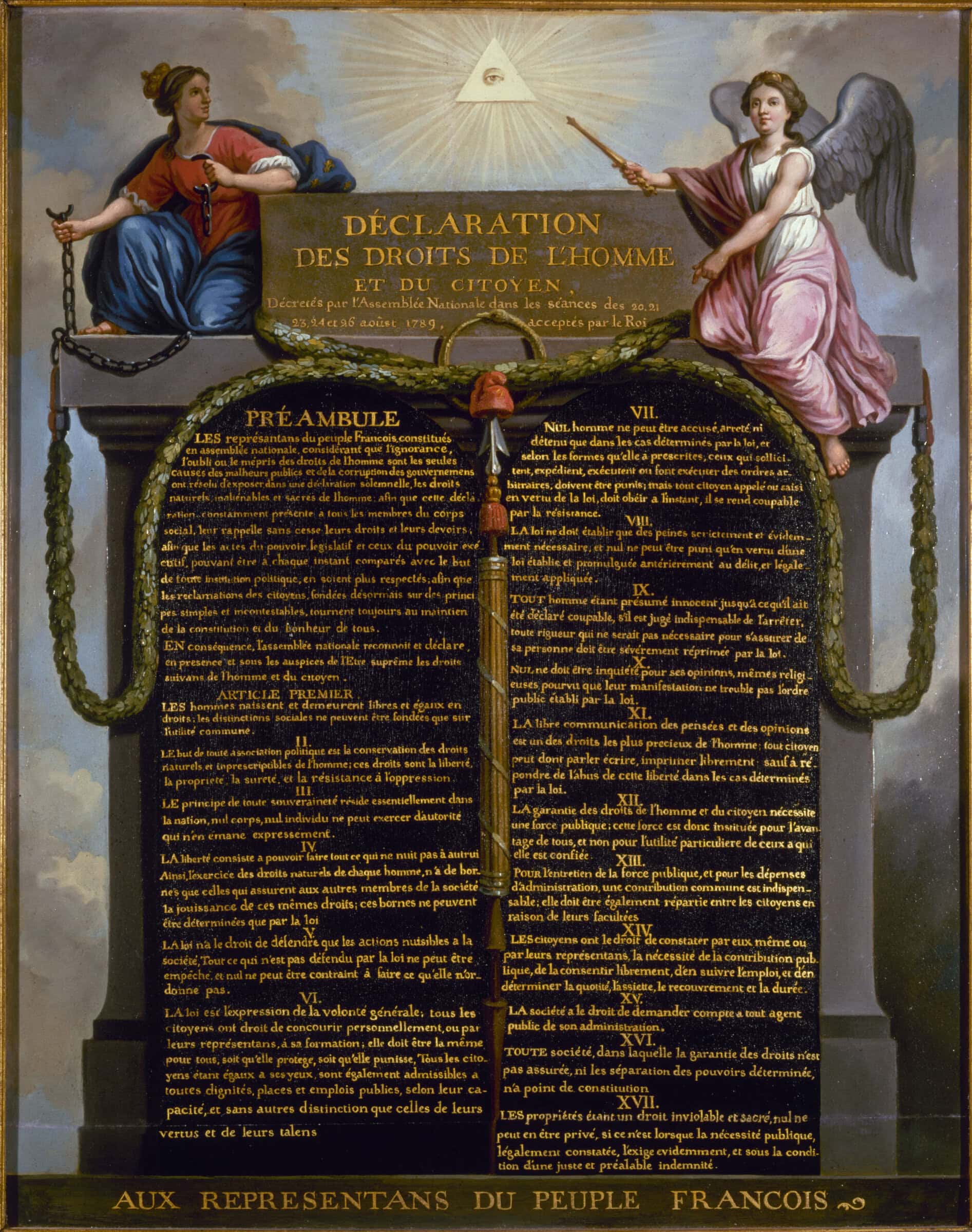Twitter is an increasingly popular way for historians to connect. Whether sharing resources, concocting collaborations, or just trading esoteric jokes, historians stay in touch using the lightning-fast herald of the digital age: the tweet.
Bring historians together for four days with a common purpose—and hashtag!—and you have the back channel of the American Historical Association’s annual meeting. During the Atlanta meeting this year, 2,249 users exchanged 13,081 tweets using the #aha16 hashtag. This included live-tweeting sessions, chatting while attending different panels, and even finding opportunities to meet in person at receptions and other events in the course of the meeting.
The AHA has actively encouraged tweeting using the meeting hashtag since 2010, and tweeting has become more important to many attendees’ meeting experience. With so much activity—and data—on #aha16 this year, it’s a good time to take a step back and assess what’s working and what isn’t, and ultimately ask: How efficiently are historians using Twitter, and is Twitter helping us become a better-connected scholarly community?
The Gephi network visualization (see “Visualizing the #aha16 Network,” below) shows all the instances that users participated beyond simply tweeting #aha16. This included user mentions, tweets to other hashtags, and retweets. Such tweets comprised approximately 83 percent of all Twitter activity. Not counting retweets, about 68 percent of #aha16 tweets included either another user or hashtag—which means that, in general, historians know their Twitter tools.
Still, individual use varies. Twitter users who engage frequently are most likely to be active in the graph’s dense community clusters. The #twitterstorians and #dighist tags define two communities that have learned to engage actively with each other. At the 2016 annual meeting, Twitter activity beyond those main groups grew considerably, but the visualization indicates that many of these communities haven’t coalesced in the same way. To promote conversations in all areas of the history discipline, I’d like to share a few takeaways from a distant reading of our #aha16 Twitter activity.
Visualizing the #aha16 Network
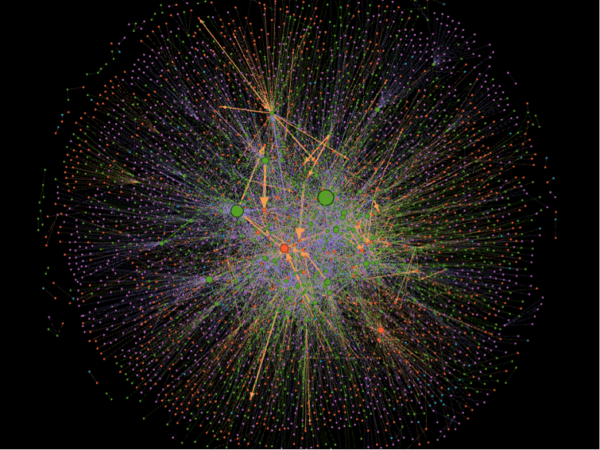
Screenshot of the Gephi graph with a densely packed center and many more loosely connected nodes
The Gephi network displayed here includes nodes for both users and hashtags for all tweets posted between January 6 and 12. All hashtags are orange, while users are coded according to their behavior.
- Green nodes: users who mentioned other users
- Blue nodes: users who did not employ user mentions but did use hashtags besides #aha16
- Purple nodes: users who only retweeted
Nodes are sized according to input degree—in other words, how often those nodes were referenced by other nodes. Larger nodes, users or hashtags, were referenced the most frequently. Edges are also weighted according to how often a particular user tweeted a specific user or hashtag. (Big, thick lines usually indicate live-tweeting.) Like nodes, edges are also color-coded.
- Green edges: tweets with user mentions (may also include hashtags)
- Orange edges: tweets with hashtags and no user mentions
- Purple edges: retweets
For Those Looking to Get More Engaged
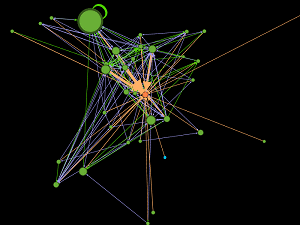
Figure 1. A well-connected community is united by the topical tag #dighist; users tweet the tag and often mention one another.
- Using only #aha16 was insufficient to be discovered in the meeting feed; the hashtag was simply too busy. Use additional session or topical tags to better define where your tweets fit within the larger conversation.
- Using topical hashtags, such as #dighist (fig. 1) or #publichistory is a great way to connect with historians who have common interests. And you don’t have to stay in one group! Links crisscrossing the network reveal users strongly connected to one community but equally interested in conversations on other topics.
- Standardize the hashtags you and your colleagues use. Historians tweeting about a major topic often didn’t connect because they used different variations of a hashtag. Back in the fall, several digital historians debated (on Twitter, of course!) which to use: #dighist, #dhist, or #digitalhistory. (In case you are curious, they settled on #dighist.) These conversations are valuable. At the 2016 annual meeting, a group of enthusiastic historians tweeted actively from the several panels on revolutions using a plethora of tags: #AgeofRevolutions, #Revolution, #revolutions, #rewritingrevolutions, and #histrevs were all used at one point. None took off. Not having a unified tag can fragment the conversation and make it difficult for new users to find and connect to the community. Better hashtag coordination will help expand Twitter to more communities within our discipline and enrich the conversation. To assist with this endeavor for 2017, I plan on updating the crowdsourced hashtag taxonomy Vanessa Varin produced in 2013. Watch AHA Today for updates.
- Many users scatter random hashtags to the wind, represented by the tiny orange nodes. This is a form of Twitter litter—it clutters the conversation and confuses those trying to find that conversation. Be sure to take the time to find the commonly used hashtags. (But if you’re simply being whimsical, go for it! Most historians weren’t likely following #unicorns, #pinkcocktails, or #ahaballers, but they surely gave at least a few of us a chuckle.)
- Mix up your Twitter strategy by using a blend of live-tweeting to hashtags, reaching out to colleagues directly through handles, and retweeting to let others know you’re listening.
For Live Tweeters
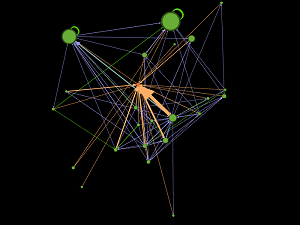
Figure 2. The most popular session tag: #s161, for “Podcasting History”.
- If you’re planning to attend sessions and live-tweet, research the speakers’ handles and relevant topical tags. Tweeting a speaker’s handle is not only a great way to connect, it’s also a courtesy and form of citation. But live-tweeting mentions won’t necessarily broaden your network. Often users mentioned several other users and got no response. (Hillary Clinton and Rihanna both made it to the meeting via mentions by historians, but neither retweeted or responded. Point made—sort of.)
- Use session tags to connect with fellow live-tweeters. Of the top 20 most used hashtags, 11 were session- or event-specific. A session hashtag immediately fosters community among those who use it, because they are better able to read tweets by those interested in the same subject and interact with them. Fig. 2 reveals that those tweeting the same session tag often interacted with one another and that those who used session tags tended to interact with people outside the core group more frequently.
For Those Following Along
- The presence of users who only retweet (indicated by purple nodes) points to an increasingly important aspect of the meeting: many historians unable to attend in person follow the conversation on Twitter. Researching tags and handles will let you know what’s going on and help you decide what to follow.
- Just because you can’t attend doesn’t mean you shouldn’t join the conversation. Rather than just retweeting someone who’s live-tweeting a panel, shoot them a question or comment!
- If you usually follow #twitterstorians or #history, bear in mind that many users at the meeting tweet to other, more specific tags. At the 2016 annual meeting, only about 3.5 percent of users tweeted to #twitterstorians and 1.1 percent to #history. Although this is still a lot of traffic (indeed, #twitterstorians was the top-used hashtag at the meeting) because it unites historians broadly, it is not the best way of connecting with others. Consider using a session or topical tag alongside these more general tags if you decide to use them.
Takeaways
This may seem like a lot to keep in mind, but those who engage on Twitter while at the meeting, if only a few times, do encounter others and make connections. Of users who retweeted, mentioned, or used a topical or session hashtag 10 times or more, 86 percent received 10 or more mentions or retweets themselves. And there are a lot of ways to engage on Twitter. Some annual meeting attendees jump in and live-tweet every session they attend, tweeting at their friends throughout; others tweet a few times within a fairly small group. Still others tweet pictures of their hotel interiors—or the AHA signature cocktail they’re enjoying. There is no limit to what you can share about the historical discipline or the meeting environment, but tweeting thoughtfully and strategically can lead to a more interactive experience. It can also make the conversation much more inviting for historians wanting to join.
This work is licensed under a Creative Commons Attribution-NonCommercial-NoDerivatives 4.0 International License. Attribution must provide author name, article title, Perspectives on History, date of publication, and a link to this page. This license applies only to the article, not to text or images used here by permission.
